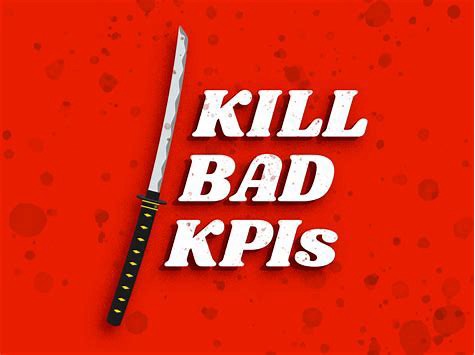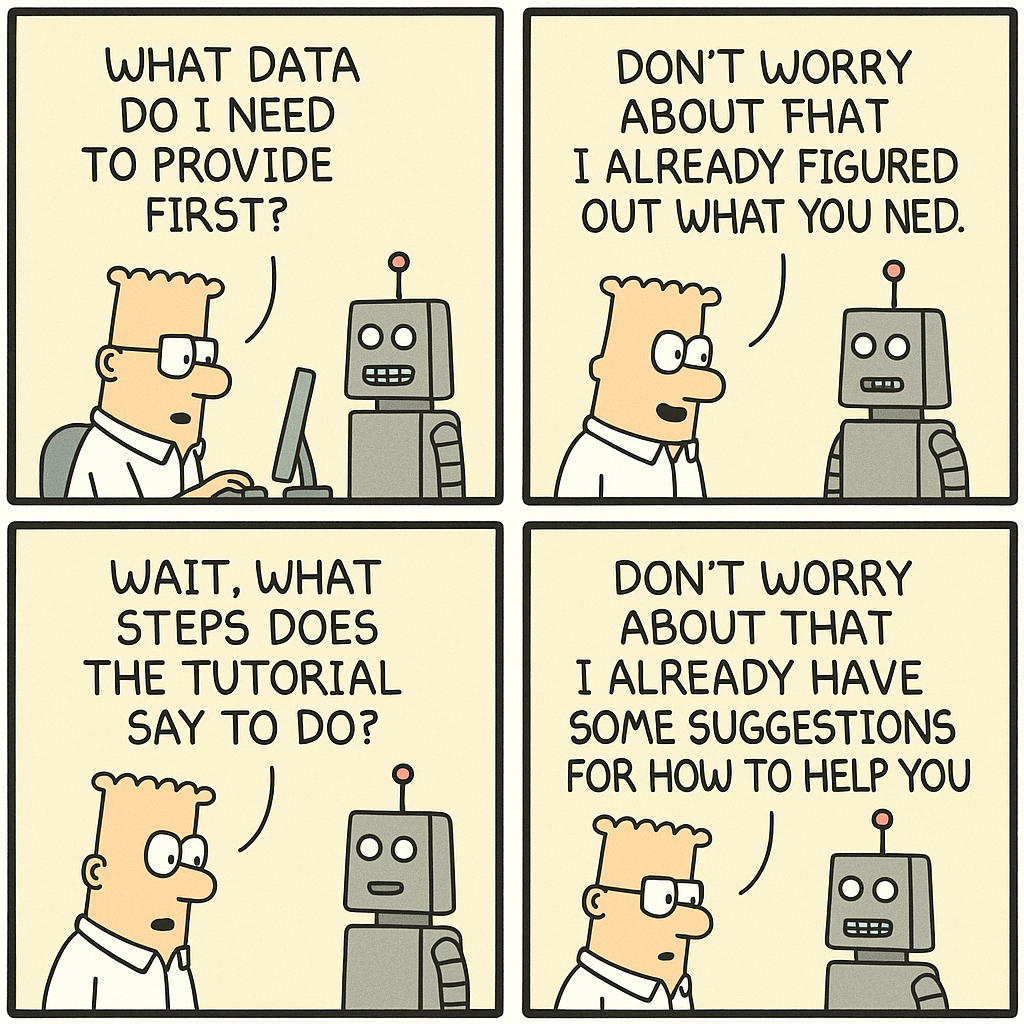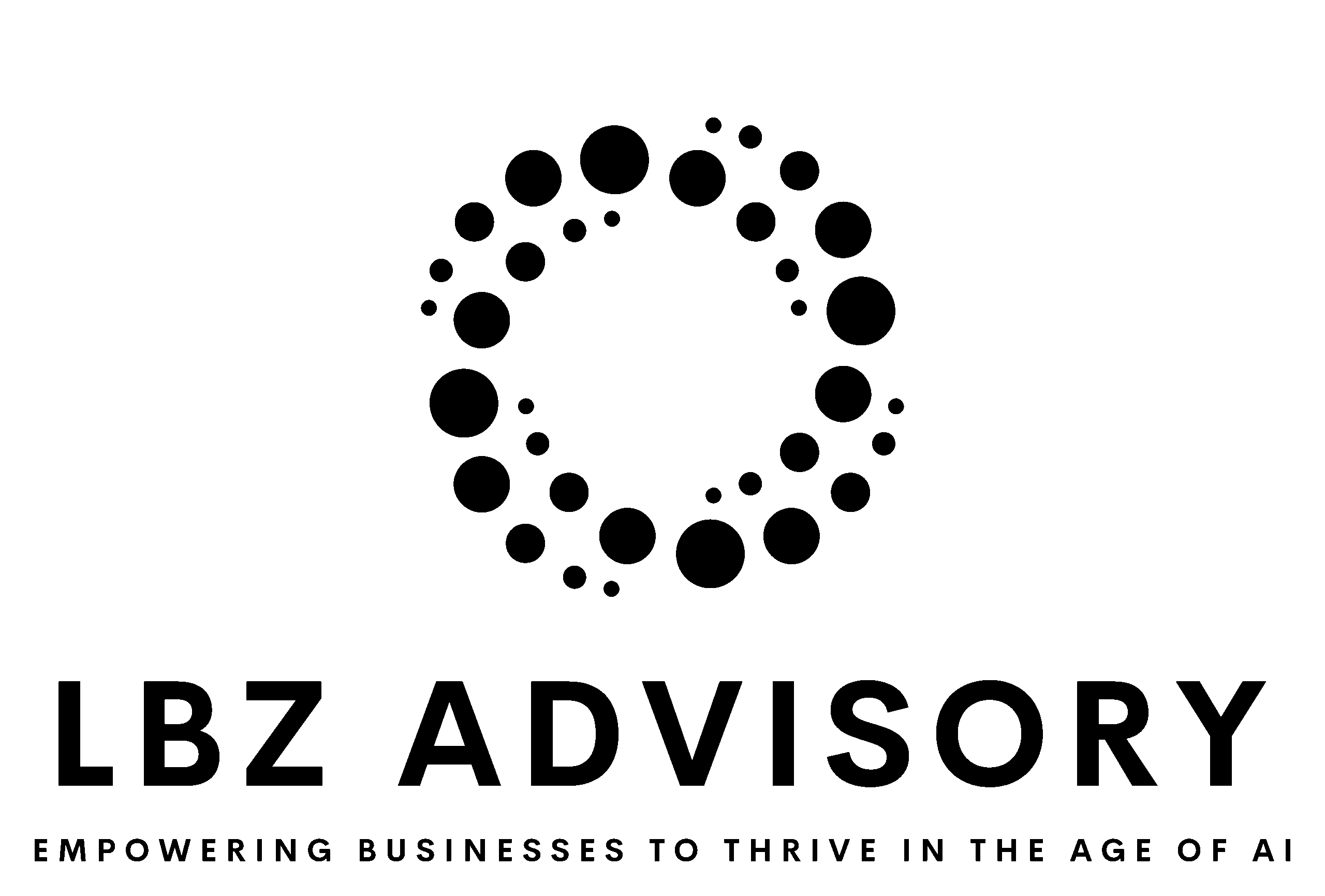What often separates good leaders from great leaders is the ability to identify the right KPIs for their teams to focus on.
Too often, I see executive dashboards filled with well-intentioned but ultimately mediocre KPIs. These KPIs may be directionally helpful, but they fail to capture the essence of what drives success. Leaders must recognize that the KPIs they choose to prioritize set the tone for the entire organization. If you focus on the wrong metrics, you risk wasting your team’s precious time and energy.
To improve operational rigor, it’s essential to evolve from mediocre KPIs that are often vague and output-based, to dynamic, outcome-focused metrics that genuinely drive performance.
How to improve your KPIs: from Mediocre to Great
Here’s how you can transform common mediocre KPIs into powerful tools for strategic success:
- Feature Launch Timelines
- Mediocre KPI: Launch feature X by Q2.
- Improved KPI: Achieve a 5% user adoption rate for feature X within 15 days of launch, increasing to 15% by 30 days and 50% by 90 days. This KPI ensures teams are motivated to optimize the entire user journey from awareness to adoption, rather than merely meeting a launch deadline.
- Product Launch Metrics
- Mediocre KPI: Launch product Y by Q3.
- Improved KPI: Secure at least 1,000 user sign-ups for product Y within the first 30 days post-launch. This emphasizes market penetration and initial user interest.
- Improved KPI: Ensure 50% of new users complete the onboarding process within 15 days of signup, with subsequent monthly reductions in dropout rates by 10%. This KPI encourages continuous improvement in user experience and process efficiency.
- Improved KPI: Get new users to take “magic action” within X minutes of signup (e.g., invite 3 friends, start a video chat, share a document)
- Improved KPI: Improve churn (or bounce rate) of users discovering new product Y by X% in the first 90 days after launch, and by Z% in the next 120 days
- Customer Satisfaction
- Mediocre KPI: Improve NPS by 10 points.
- Improved KPI: Enhance customer retention by 5% within 30 days, 10% within 90 days, and 20% within 180 days post-implementation of feedback improvements. By concentrating on retention improvements, this KPI directly ties customer satisfaction to tangible, long-term loyalty rather than transient satisfaction scores.
- Improved KPI: Increase engagement by X% on this product. This shifts focus from a broad sentiment metric to actionable engagement outcomes. Product and growth teams can focus on experiments to drive engagement.
- Improved KPI: Increase DAU by X%
- New Partnerships and Client Onboarding
- Mediocre KPI: Close 5 new partnership deals; onboard 3 new corporate clients.
- Improved KPI: Close partnership deals that get rewarded only if they deliver X% conversion to paid users within 12 months. This KPI aligns with strategic revenue goals, ensuring that partnerships are not only formed but are also profitable and contribute significantly to the business’s bottom line.
- Improved KPI: Increase revenue from new partnerships by 20% within six months;
- Improved KPI: Achieve a 90% retention rate of newly onboarded corporate clients over the same period. This drives a focus on the quality and profitability of new relationships, not just their quantity. Focusing on client retention post-onboarding emphasizes building lasting, valuable relationships rather than merely expanding client counts.
- Improved KPI: Win 3 new contracts that deliver at least X new DAU and Y new MAU on the platform
Key Themes and Guidelines for Developing Great KPIs
In transitioning from good to great KPIs, several key themes emerge that can guide leaders:
– Outcome over Output: Great KPIs measure the impact of outputs rather than the outputs themselves. For example, instead of focusing on the number of features launched, measure how those features improve user engagement or satisfaction.
– Leading vs. Lagging Indicators: Prioritize KPIs that predict future success (leading indicators) rather than those that reflect past performance (lagging indicators). This enables proactive adjustments rather than reactive fixes.
– Actionable Metrics: Ensure every KPI is directly tied to actions teams can take. This empowers teams to influence outcomes and fosters a sense of accountability and control.
– Alignment with Strategic Goals: KPIs should be in direct alignment with broader business objectives, ensuring that every team’s efforts contribute cohesively towards the company’s strategic goals.
Great KPIs encourage cross-functional collaboration, user-centric thinking, and a focus on the actions that drive long-term success. By setting clear, ambitious, and meaningful KPIs, you can align your team’s efforts and ensure that everyone is working towards the same goals.
When choosing your KPIs, always ask yourself:
1. Does this KPI measure something that truly matters to our business?
2. Can our team directly influence this metric through their actions?
3. Will focusing on this KPI drive the right behaviors and outcomes?
By focusing on these principles and transforming mediocre KPIs into impactful ones, leaders can ensure their teams contribute effectively to the organization’s success, optimizing both energy and resources towards achieving key business outcomes.
















